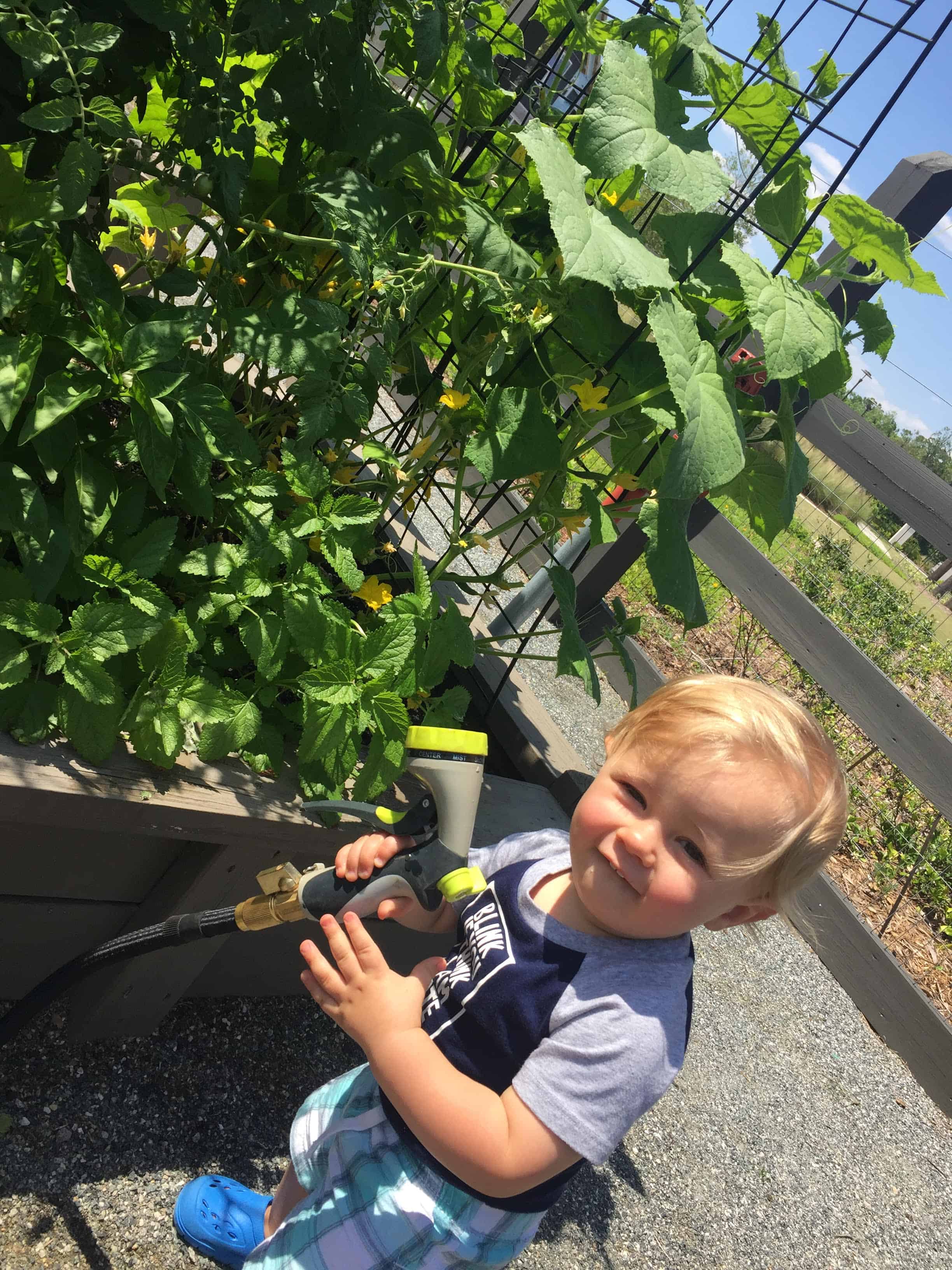Why is it so difficult to grow tomatoes in Central Florida? Every time I try to grow tomatoes, the leaves turn brown and shrivel up, or the tomato splits or turns brown. There are several common tomato diseases and issues that can cause either a single tomato plant or an entire group of plants to die. It can certainly seem overwhelming to overcome the numerous challenges we face when growing tomatoes in our region. Let’s take a moment to get to the basics and set a plan for tomato-growing success.

There are four main points to set yourself up to be successful in growing tomatoes in Central Florida. First, it is important to understand the seasons. We are blessed with warm or hot weather most months of the year, so our growing calendar is different than any other region in the country. This means that many vegetable plants can grow 10 or 11 months out of the year. Tomatoes do not produce well when it is extremely hot or extremely cold. Expect production to slow or stop during the hottest months of the summer and the coldest months of the winter. Surprisingly, some cherry tomatoes can even continue to produce all summer long, like everglade cherry tomatoes. The tomato plant itself will typically only die from cold when there is a hard freeze. It will only die from heat when it does not have regular daily water during the hottest summer months. If it is an indeterminate variety and it survives these months, it will start producing again the next spring or fall.
Secondly, in order to be successful in growing tomatoes in our region, it is important to choose a variety of tomato that is “heat tolerant” and “pest resistant.” Just because a tomato plant is sold in a local store does not mean that it is meant to grow in our plant-hardiness zone, which is 9b. Some seed packages will reference the appropriate zone for a vegetable, but many do not. The University of Florida IFAS (Institute of Food and Agricultural Sciences) extension office has a database of tomato varieties that do well here. Just search, “IFAS: Tomatoes in the Florida Garden,” for a complete list of varieties. Once you know the variety you need, the trick is finding it.
Third, all vegetable plants (tomatoes included) must have a minimum of six hours of direct sunlight daily and the proper fertilization. More sun is good, but less sun is not enough. Tomatoes like slightly acidic soil. Add some peat moss to the soil a couple of months before planting the tomatoes. Then, once they are planted, add a small handful of coffee grounds around the base like fertilizer each month to maintain the level of acidity. Always fertilize regularly.

Finally, tomatoes need the appropriate amount of water. During the spring, tomatoes will do fine being watered every other day. However, during the heat of the summer, daily watering is necessary. Be careful not to overwater as that is what causes tomatoes to split.
Once you have met the basic needs of the tomato plant, diseases like brown spot and blossom end rot are minimized by maintaining healthy tomato plants. Many times, brown spot starts from the bottom of the tomato plant and works its way up the plant over time. Brown spot can start from bacteria in the soil being splashed on low-hanging leaves, so be sure to prune the branches on the bottom six inches of the plant. Blossom end rot can be caused by low calcium levels, so be sure to fertilize regularly as directed on the package. I hope this helps everyone have a wonderful harvest of tomatoes this season.
Happy gardening, Lake Nona!
Amber Harmon is the owner of My Nona’s Garden, an organization with a mission to bring health, promote growth and provide education to local communities one garden at a time. Visit www.MyNonasGarden.com for more information. “We make organic vegetable gardening easy!”



